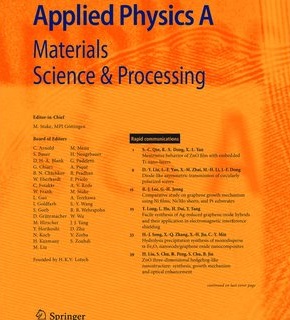Study on the forming performance of alternating magnetic field-assisted laser cladding based on data-enhanced CPO-TCN-BiLSTM and SMS-EMOA composite algorithm
Abstract
Alternating magnetic field-assisted laser cladding (AMF-LC) technology can significantly improve the microstructure and mechanical properties of the cladding layer. However, the introduction of multi-energy fields significantly increases the complexity of parameter adjustment. Therefore, a composite optimization algorithm was innovatively proposed in this study. The experimental data was expanded based on the BOKI data augmentation technology. The composite model of the convolutional parallel optimization algorithm - temporal convolutional network - bidirectional long Short-Term memory network (CPO-TCN-BiLSTM) was established to map the nonlinear relationship between process parameters and experiments. The multi-objective optimization SMS-EMOA algorithm based on the hypervolume index was combined with the multi-criteria decision method (VIKOR) to optimize the process parameters. Based on the optimal parameters, the influence of alternating magnetic fields on the microstructure and mechanical properties of multi-pass and multi-layer laser cladding layers was investigated. The results show that the prediction error of the composite algorithm is within 5%, with high accuracy. Compared with the control group, the performance of the cladding layer is excellent. Experiments show that alternating magnetic fields can significantly improve cladding defects such as pores and cracks. Magnetic stirring makes dendrites denser. The distribution of elements is more uniform. The average hardness of the lap joint area increased by 1.46%, and the maximum hardness increase reached 2.35%. This study proposes a systematic exploration that combines multi-dimensional algorithms with experiments, providing theoretical guidance for the optimization of complex cladding process parameters.

 求助内容:
求助内容: 应助结果提醒方式:
应助结果提醒方式:


